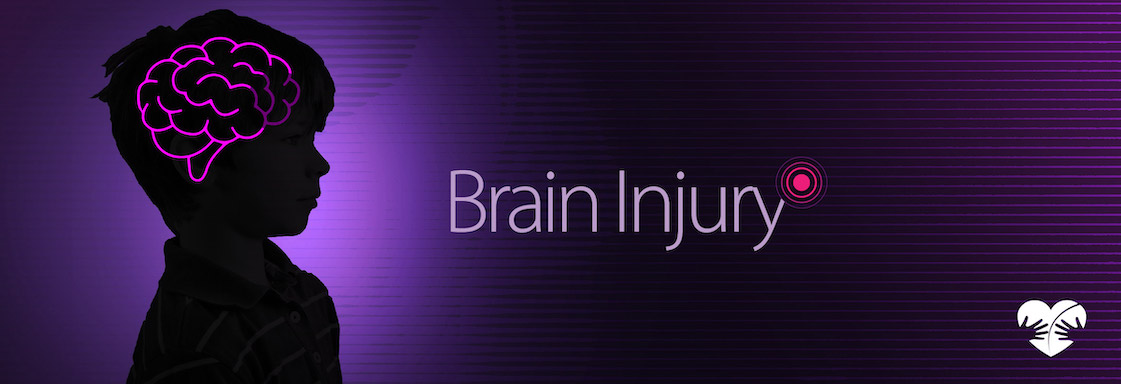Understanding the different types of brain injuries can help you seek the necessary treatment.
Traumatic Brain Injury
According to the National Institute of Neurological Disorders and Stroke, a Traumatic Brain Injury (TBI) is “a form of acquired brain injury [that] occurs when a sudden trauma causes damage to the brain.” A TBI may be the result of the head violently colliding with an object or when an object penetrates the skull and damages brain tissue. Symptoms of a TBI vary, depending on the severity. A mild TBI can result in headaches and confusion, while a severe TBI can result in slurred speech, numb extremities, and loss of coordination. Typically, there isn’t much to be done for a mild TBI, as far as treatment goes. Severe TBIs are often treated with physical therapy, occupational therapy, speech/language therapy, physiatry (physical medicine), psychology/psychiatry, and social support. The exact treatment plan will depend on a patient’s symptoms.
Hypoxic Brain Injury
A hypoxic brain injury occurs when the brain’s oxygen supply is severely diminished, but not completely cut off. This type of injury can be caused by “interruption of blood flow to the brain, such as cardiac arrest or strangulation, or from systemic derangements that affect the oxygen content of the blood,” according to this study. The same study states that “cellular injury can begin within minutes, and permanent brain injury will follow if prompt intervention does not occur.” Treatment for a hypoxic brain injury involves returning oxygen to the brain. Depending on the duration of hypoxia, psychological, neurological, and physical abnormalities may occur and persist even after treatment.
Anoxic Brain Injury
Anoxic brain injury occurs when the brain’s oxygen supply is completely cut off. It takes about 15 seconds without oxygen to lose consciousness and 4-minutes without oxygen for brain damage to occur. Clinical research indicates that individuals who sustain an anoxic brain injury exhibit “impaired memory, attention, and executive function, as well as slowed mental processing speed.” Treatment for hypoxic and anoxic brain injuries is the same.
Find Care at the Children’s Rehabilitation Institute TeletonUSA
The Children’s Rehabilitation Institute TeletonUSA (CRIT) is a 501(c)(3) non-profit organization offering comprehensive rehabilitation services for children with neurological, muscular, and skeletal disabilities. Contact us today to learn how we can help your child live a healthy and happy life after a brain injury.

